By Sean Fagan
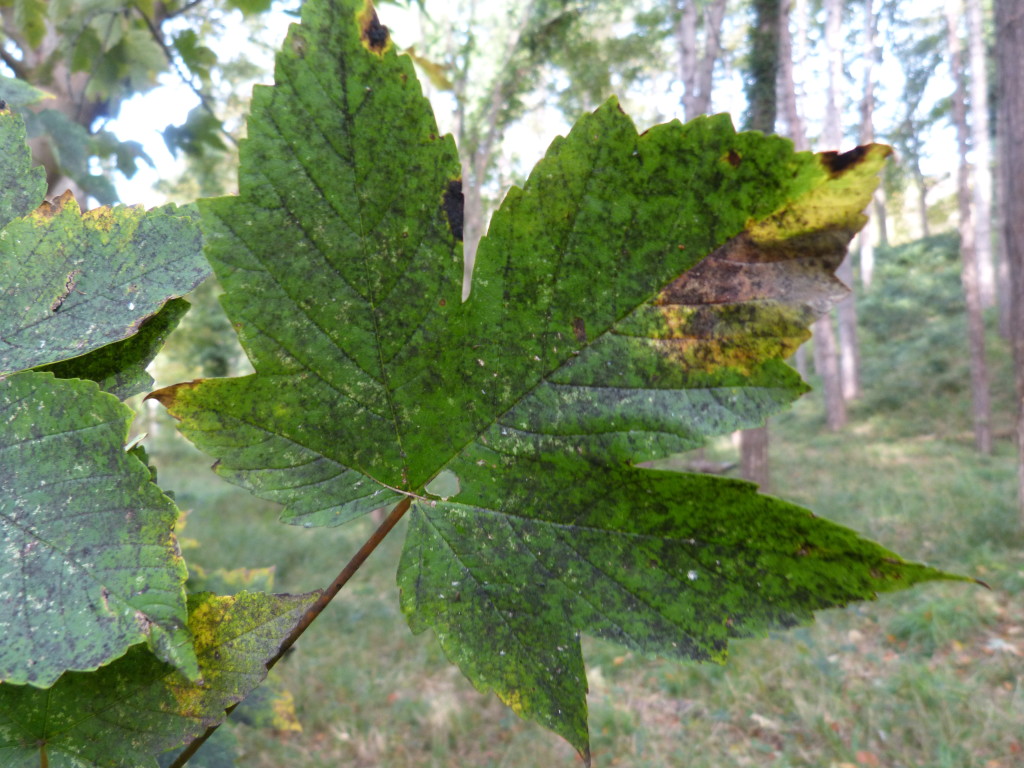
Sycamore: A Great Coloniser
Short on time? Article Summary
.A native of central and southern Europe, the sycamore, Acer pseudoplatanus, is a non-native deciduous tree of Ireland and Britain. As a non-native tree, the sycamore has proved to be an exceptional coloniser:
“The sycamore is one of the hardiest and most prolific of the naturalized trees, rarely affected by disease and tolerant of a wide range of soil types and conditions”(1).
In addition, the sycamore is often the first tree to colonise coastal areas:
“Sycamores will grow exposed to the highest winds or to sea-breezes, which it withstands better than most timber trees”(2).
Most years, sycamores produce seed in great numbers. Most of the seeds are viable and sycamore saplings can be invasive - often out-competing native tree saplings in deciduous woodlands.
The sycamore has quite a few bushcraft applications and is a relatively common and widely distributed throughout Ireland and Britain.
Getting to know the sycamore tree and its bushcraft uses will be well worth your time.
.
SYCAMORE IDENTIFICATION
.MAPLE LEAVES: A key identification features of sycamore is the leaves. The sycamore belongs to the Aceraceae tree family - commonly known as the maples which have very distinctive leaves.
The majority of maple tree species have opposite, PALMATE leaves with FIVE prominent points or lobes (as a memory aid, think of the human palm with five fingers).
The majority of maple species occur in the Northern Hemisphere (only one maple species lives in the Southern Hemisphere) and mostly occur in North America, Europe and eastern Asia.
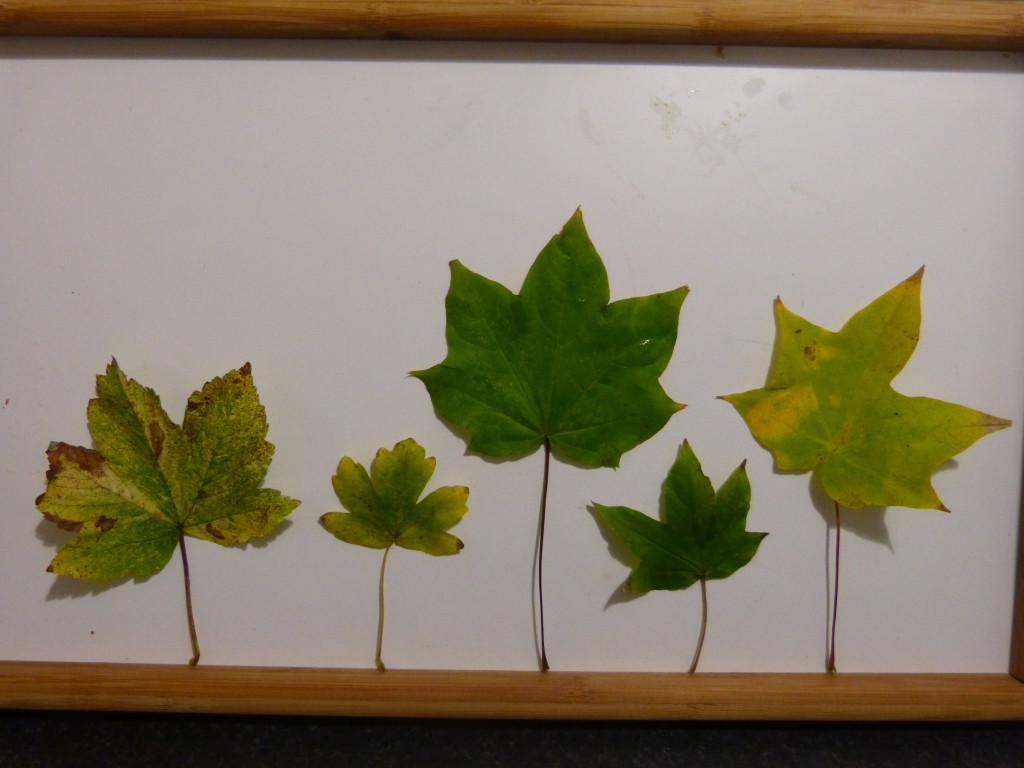
5 leaves from 5 different maple species. Despite variation in size and shape - all have the 5-pointed, palmate leaf, which is a key characteristic of maple leaves. Note sycamore leaf on far left (Photo: Sean Fagan).
Bark: When young, sycamore bark is smooth and generally grey or brown. When older the bark becomes progressively more cracked and scaly, sometimes revealing an orange under-surface.
.
Flowers: 60-100 flowers in hanging panicles (Clusters of flowers). Each of the tiny, individual flowers (0.5cm diameter) has yellow-green sepals and petals.
Buds: Buds are large, egg-shaped and covered in green scales. The scales have distinct, dark margins.
.
Fruit: Very distinctive. Consists of nut attached to a pair of “wings” (samaras) which greatly assist in wind dispersal of seed away from the parent plant.
Profile: Overall dome shape, mature trees reach an average height of 30m.
Similar Tree Species: Norway maple, Acer platanoides, and Field maple, Acer campestre, are both non-native to Ireland and can be locally common, especially Norway maple. Both the Norway and field maple are superficially similar to the sycamore.
The Norway maple has significantly larger leaves than sycamore, with very prominent, elongated, pointed tips at the end of each of the five leaf lobes. Also, the leaf stalk (petioles) are very long and secrete a milky sap when broken (as do the leaves, when torn).
The field maple has much smaller leaves than sycamore with the 5 leaf lobes being more rounded. In addition, many of the twigs have a characteristic, striated (striped) pattern (the pattern is light brown stripes against a dark brown bark). Like Norway maple, when the leaf twigs and leaves of field maple are broken they exude a milky-white sap.
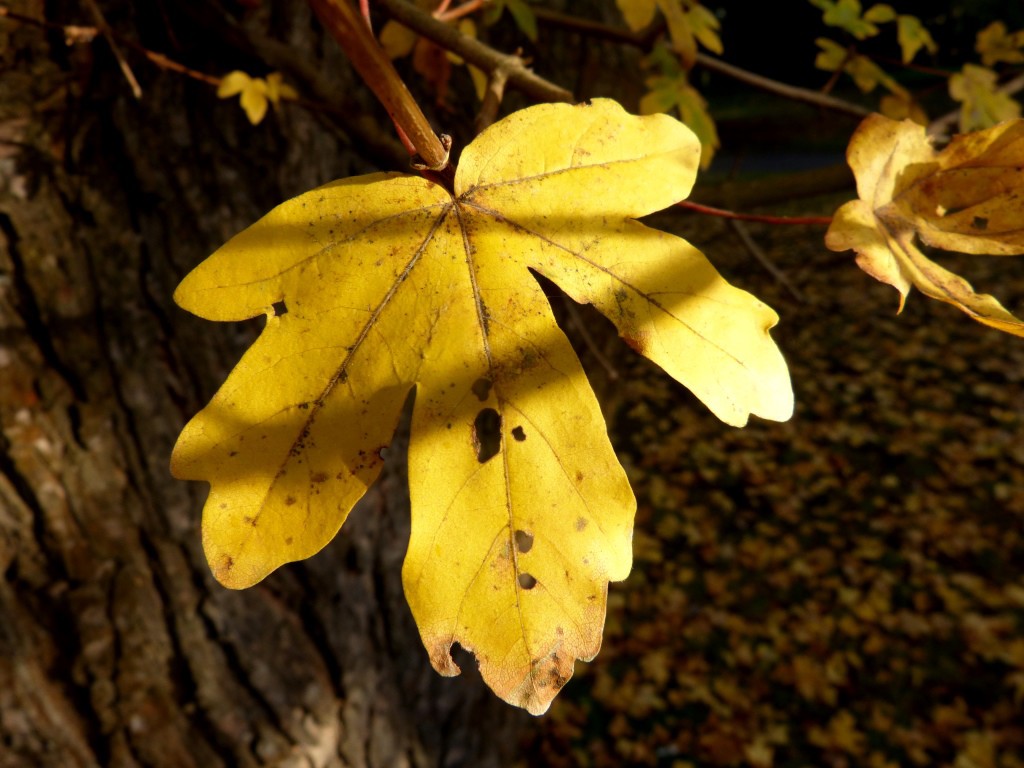
Although autumn-yellowed, this field maple leaf shows its particular shape - deeply-lobed leaves with rounded tips (most maple species have pointed tips), (Photo: Sean Fagan).
.
There are other non-native Acer species in Ireland but these are uncommon and sparsely distributed throughout the country.
.
7 BUSHCRAFT USES OF SYCAMORE
.
1. CARVING
“Sycamore timber, when polished, is one of the most beautiful woods, lustrous and silky”(3)
.
There is something exceptional about sycamore wood. Generally underrated and often overlooked, the strong timber of sycamore has a subtle sheen and smoothness that makes it a very attractive choice for wood-carving.
The carved wood also retains a good, hard-wearing edge, which is important as regards the durability of carved items.
.
Of course, when it comes to practical carving projects, it really doesn't matter how pretty the wood is.
Still, when carving with attractive wood there can be an extra incentive in making a well-made, finished article. Making that extra effort will deepen your knowledge of different woods.
Getting to know the properties of different timbers is a key bushcraft skill.
The timber of each tree species has different qualities. The elasticity/stiffness, grain pattern, colour, hardness/softness, toxicity, general moisture content and burning qualities of different timbers is just a sample of timber qualities that varies among different tree species.
Such information is very relevant to the bushcrafter in his or her quest in acquiring an intimate and practical knowledge of the woods. It’s time well spent.
Bottom line: if you have the good opportunity to use sycamore wood for a carving project - go for it.
.
2. BOW DRILL
When it comes to the friction fire method of bow-drilling, the dead wood of sycamore timber fits the bill just nicely. As already stressed in this article the non-native sycamore tree is widely distributed and often locally common.
Another non-native, bow-drill tree in Ireland is lime, Tillia spp., but lime trees are often associated with parks, old estates and roadsides - where they've been planted. This makes their distribution sporadic, often sparse and unreliable.
It’s a better investment of time, especially as a bushcraft novice, to delve into the properties of nationally common tree species, such as the sycamore (regardless of whether its a native or non-native tree).
More often than not - dry, well-seasoned sycamore wood is of optimal density and dryness for bow-drilling.
In Ireland, there are not that many widely distributed, relatively common, bow-drill tree species - all the more reason in becoming very familiar with sycamore..
3. FUEL
More than passable as fuel, sycamore wood produces a hot flame with good embers. Although the flames and embers of sycamore aren’t as hot or as enduring as, for example, the denser wood of oak, Quercus spp., and ash, Fraxinus excelsior, what is advantageous about sycamore trees is that they produce a lot of easily obtainable and sizable, dead branches that are portable - which is not always the case with other tree species.
In addition sycamore wood splits well with an axe and cuts easily and cleanly with a outdoor saw.
4. KINDLING
Dead Branches: Large and medium-sized sycamore trees seem to produce a high proportion of dead branches and twigs. Some of the dead branches are still attached to the living tree, some are broken off, some are suspended in the tree while some branches lay upon the woodland floor.
The dead branches that are off the woodland floor (suspended or attached) are usually dry and make excellent fuel and kindling. By carefully removing the sizable dead branches from the tree you can break off the many smaller branches & twigs that are usually still attached, and use them as kindling.
An arm-thick sycamore branch with many side branches and twigs can provide a surprising amount of fuel and kindling - often enough to get a camp-fire started and established.
Dead Basal Shoots: At the base of many sycamore trunks there are many straight, dead and living basal shoots. Thin, dry and long – the dead basal shoots make excellent kindling and are especially useful for the fire-lay of the small twig fire.
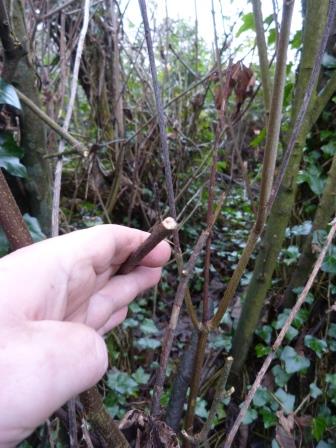
Often, at the base of mature sycamore trees there is an abundance of shoots growing. Some of these shoots are dead and very dry, and are ideal kindling for fire-lighting (Photo: Sean Fagan).
.
Suspended Dead Twigs: Entangled among sycamore branches there is also an abundance of dead, thin sycamore twigs. Not all twigs are the same when it comes to good kindling.
For example, the dead twigs of rowan, Sorbus aucuparia, generally make poor kindling due to the high moisture content. Sycamore twigs, however, make excellent kindling.
When making a campfire in a broadleaf wood where sycamore trees are dominant it would be prudent to preferentially select sycamore twigs for kindling.
5. FEATHER STICKS - SPLINTS - EXTERIOR WOOD SHAVINGS
Feather Sticks: Sycamore wood can be easily carved and can, sometimes, be carved into feather sticks. However, this can prove problematic as many dead sycamore limbs branch a lot, with the result that sourcing multiple, 1-foot lengths of knot-free, dead sycamore wood a somewhat difficult task.
There are alternative solutions – branchy sycamore limbs can be carved into shorter-length feather sticks, although quite a few more of them have to be made (approx. 4-8) to make a sizable mass of dry, wood curls for damp-weather, fire-lighting.
.
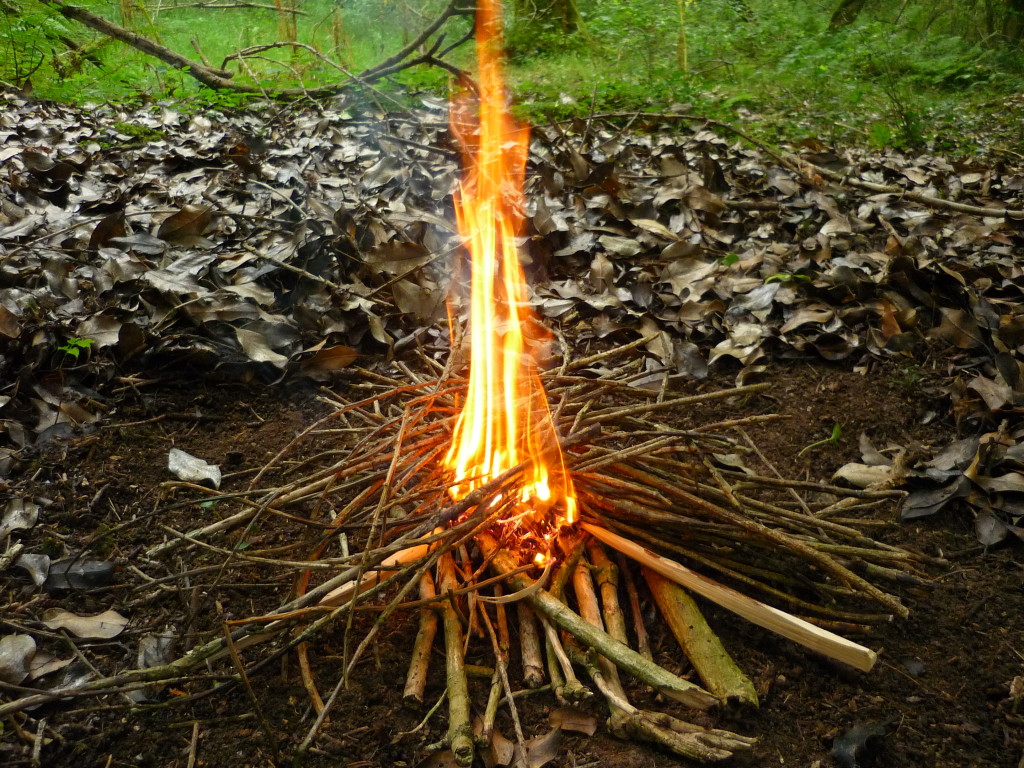
Using two sycamore feather-sticks to ignite holly (Ilex aquifolium) twigs. The sycamore feather-sticks preformed well (Photo: Sean Fagan).
Splints: Dead sycamore wood can be split into many fine splints (very thin lengths of wood) which can be, with proper technique, ignited with a naked flame (e.g. match or lighter). Part of the reason why sycamore can be finely split is because sycamore wood is often finely and evenly grained.
Try to make the splints as long and as thin as possible to facilitate ignition and always make plenty of them (usually more than you think you need, especially during inclement weather).
Splints are much easier to make than feather sticks which is worth remembering if you are having difficulty making feather sticks but can make good splints.
.
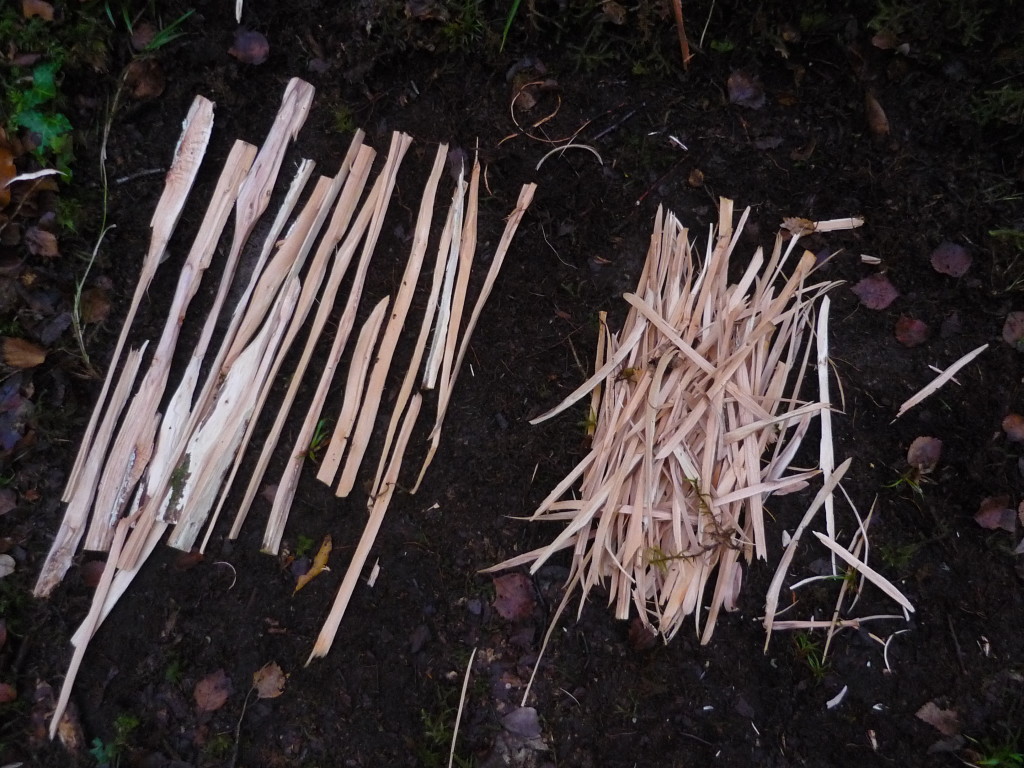
Experimenting with splints (left) and coarse shavings (right) from a sycamore branch that was unsuitable for feather-sticks. A match-lit fire was obtained from these splints and shavings (Photo: Sean Fagan).
Carving Wood from the Exterior: Another solution is to carve curls off the trunk of a dead, standing tree or large branch. One of the golden rules for making feather sticks is that the curls are carved from the centre-most section of dead limbs, where the wood is driest.
However, it’s possible to obtain dry curls from the exterior of a dead, standing sycamore tree or a largish, fallen sycamore branch.
Firstly, de-bark the wood and then shave curls off the dead wood. If the shavings are dry, thin and preferably curl well, then its possible to ignite a fire provided enough curls are collected (6-10 inch diameter mass of shavings will do).
The advantage of obtaining exterior shavings as opposed to making feather sticks is its possible, sometimes, to acquire a sufficient mass of dry shavings from the exterior of larger branches that would otherwise be unsuitable for splitting for feather sticks.
It's always good to have as many options as possible when it comes to damp-weather, fire-lighting skills..
6. TAPPING
Tree tapping is the practise (usually in spring) of causing an open wound in a tree trunk for the purpose of collecting the weeping watery sap for consumption. Done carefully, there is no lasting damage to the tree.
The sap is usually collected in a receptacle (e.g. Billy can).
Many tree species produces sap with specific qualities and taste. Some can be mildly saccharine (containing sugar), some sap is believed to have medicinal, health-giving properties (e.g. birch sap) while most edible tree sap is nutritious.
As already stated, sycamore belongs to a family of trees that are commonly known as maples. Quite a few maple tree species can be tapped. For example, sugar maple, Acer saccharum, and black maple, Acer nigrum, were traditionally tapped in North America by the first nation people and subsequently, the European colonists.
Like all trees that can be tapped, sycamore is best tapped in the springtime when there is a copious upward flow of nutritious sap from the roots to the leaves.
Be considerate when tapping.
Tapping requires an open, trunk wound when the tree is copiously flowing with sap. Many disease-causing bacteria and fungi will readily infect the sap of an open tree wound and can, potentially, cause serious damage to the tree.
Make sure to seal off a tapping hole when finished so as to miminise risk of infection and staunch excessive weeping of sap. During springtime a trunk wound can weep for days, even longer, before naturally sealing over.
Sycamore can produce quite a lot of sap, which has a faint hint of sweetness. I personally find sycamore sap refreshing and restorative, especially after a day’s exertion during the cool days of spring.
*see end of article for video demonstration of tree tapping or watch it here.
*.
7. CONSTRUCTION MATERIAL
The strong wood of sycamore is moderately elastic and can be shaped into bushcraft projects that require bending.
Dome shelters, baskets and spring traps are three such possibilities. To be honest, there are far more flexible trees than sycamore such as willow and hazel, but if sycamore branches is all that is available it can be fashioned, albeit with care, into bushcraft projects that require bending.
The many sturdy side branches of sycamore limbs make excellent hooks for pot suspension and hangers for bushcraft items such as a rucksack, clothes, axe etc.
.
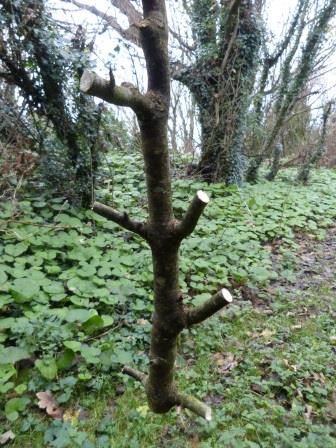
The many sturdy side branches of sycamore limbs make excellent multiple hangers for pots and other bushcraft items such as clothing, axe, hat etc. (Photo: Sean Fagan).
.
The biggest challenge with sycamore wood is finding straight branches that are long enough.
Long, straight branches are ideal for many bushcraft construction projects and is one of the reasons why hazel, especially coppiced hazel, is so well regarded by many bushrafters. Nevertheless, it is possible to find sycamore branches that are adequately straight for many construction projects.
Large, fallen but living, sycamore trees often produce straight side shoots from the trunk and branches, which are excellent for bushcraft construction projects.
.
.
Have Safe & Great Adventures,
Pioneer Bushcraft.
.
.
Related Pioneer Bushcraft Articles:
- Bushcraft Tree Lore: Holly
- How Urban Botany will Improve your Bushcraft
- How to Identify Fool's Parsley
- The Peerless Wild Pear
.
*Check us out on Instagram, Twitter & Facebook for more outdoor-related topics..
Video of bushcraft instructor Ray Mears tapping a birch tree. The same tapping method can also be applied to sycamore..
.
INTERESTING SYCAMORE BIOLOGY
.
TAR SPOT FUNGUS
Sycamore leaves are commonly infected by tar spot fungus, Rhytisma acerinum, which form very conspicuous, black blotches on the leaves. This is most conspicuous late in the growing season, just before the Autumnal leaf fall. Although the fungus is prevalent on many sycamore trees by late Autumn it does not seem to cause any significant, detrimental effect.
.
.
APHIDS
Clusters of aphids (greenflies) can be commonly seen on sycamore twigs and leaves, feeding on the sap of the tree.
While feeding on the tree sap, the aphids produce a sugary, liquid waste product called honeydew, which is much sought after and consumed by some ant species.
Honeydew is so important to some ant colonies that they will post sentry ants near the aphid clusters to act as a deterrent against aphid predators (e.g. parasitic wasps and spiders).
According to herbalist Mrs. M. Grieve, an aphid will produce a drop of honeydew once every half hour.
.
References:
1) Trees of Ireland, Native and Naturalised, W. F. Walsh & E. C. Nelson (sadly out of print)
2) A Modern Herbal, Mrs. M. Grieve
.
Glossary:
PALMATE: consisting of leaflets or lobes radiating from the base of the leaf.
SAMARA: winged seed. The wings facilitate wind dispersal of seeds away from parent plant.
SAP: fluid which circulates in plants, consisting mostly of water, dissolved sugars and mineral salts.
.
PIONEER BUSHCRAFT DISCLAIMER
Pioneer Bushcraft does not take responsibility for the misapplication of the advice dispensed in this article.
The aim of this article is to provide bushcraft applications for the sycamore tree – it’s not the wish of Pioneer Bushcraft to encourage over-exploitation of natural resources, such as sycamore trees.
Please, use good judgement when using natural resources. Only take what is needed and always have in mind: how much can be sustainably harvested from an area, which does not cause irreversible or serious long-term damage? Also, is it legal to obtain sycamore wood from a given area?
If you’re planning on repeatedly using an area for bushcraft practise you must be vigilant against over-exploiting vulnerable natural resources or you run the risk of greatly impoverishing your practise area.
In a sense, I’m encouraging a role of stewardship. Taking pride in caring for an area will enable you to become more attuned to, and more responsible about, the ecological health of a wild place that you frequent. It’s important for all those who practice bushcraft responsibly.
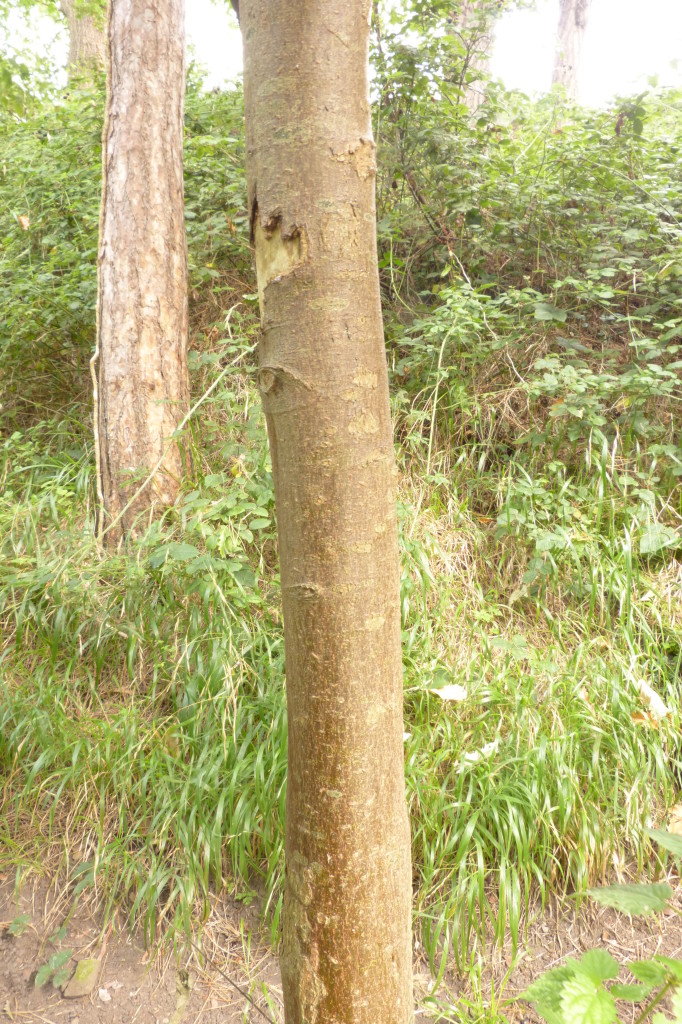
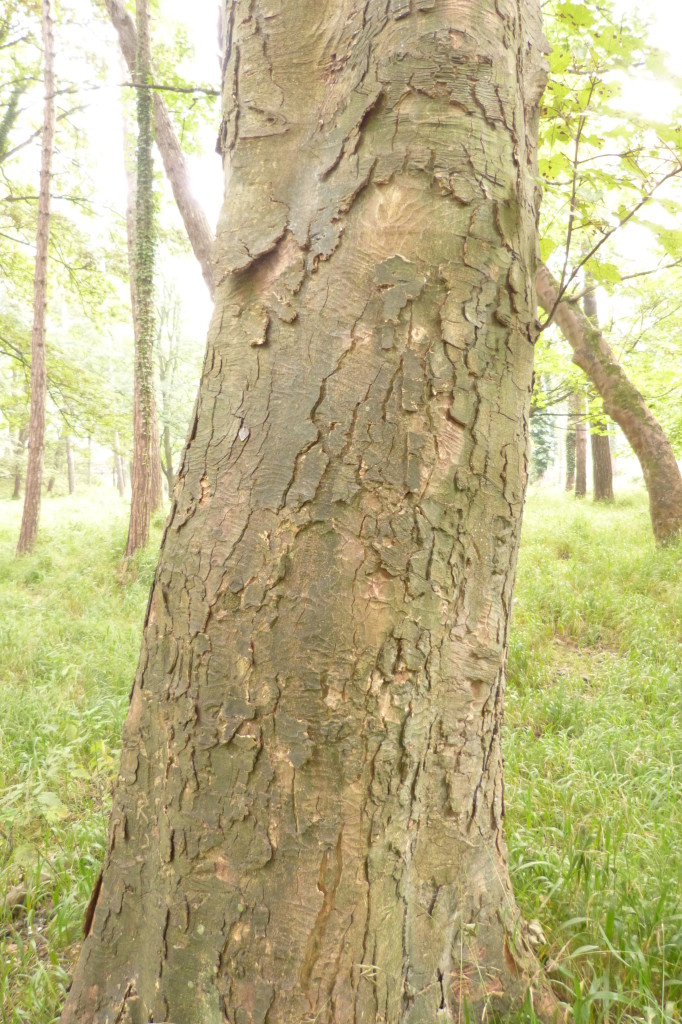
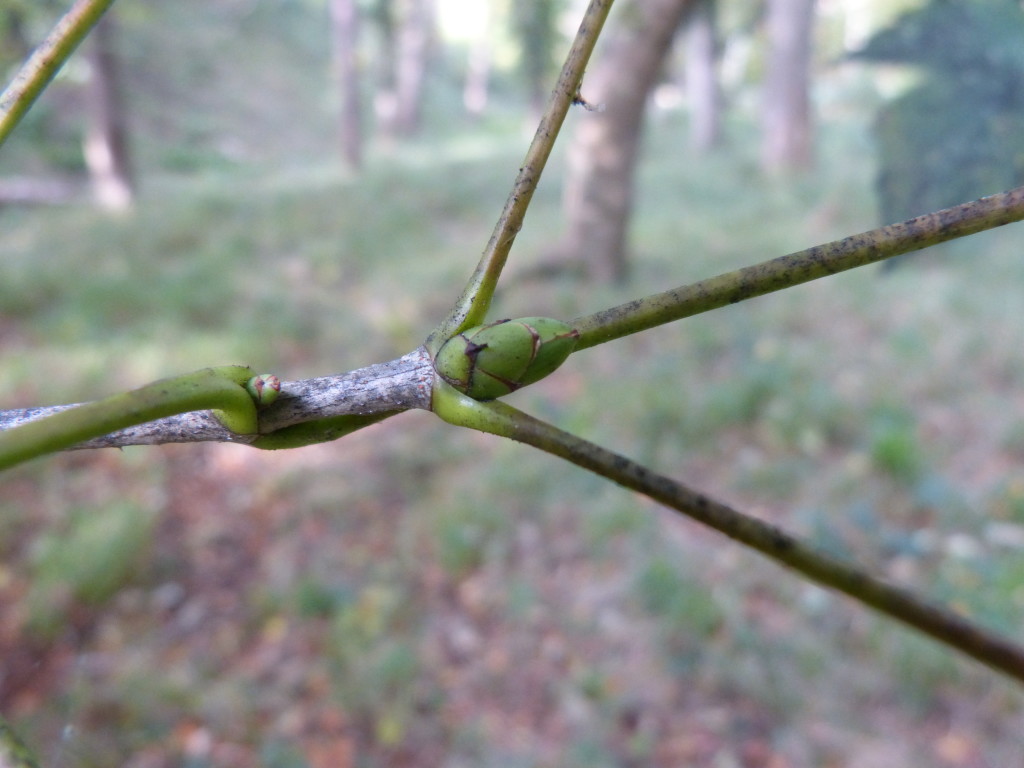
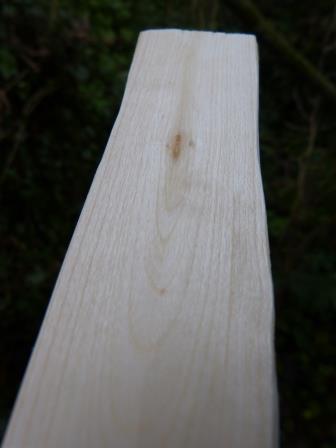
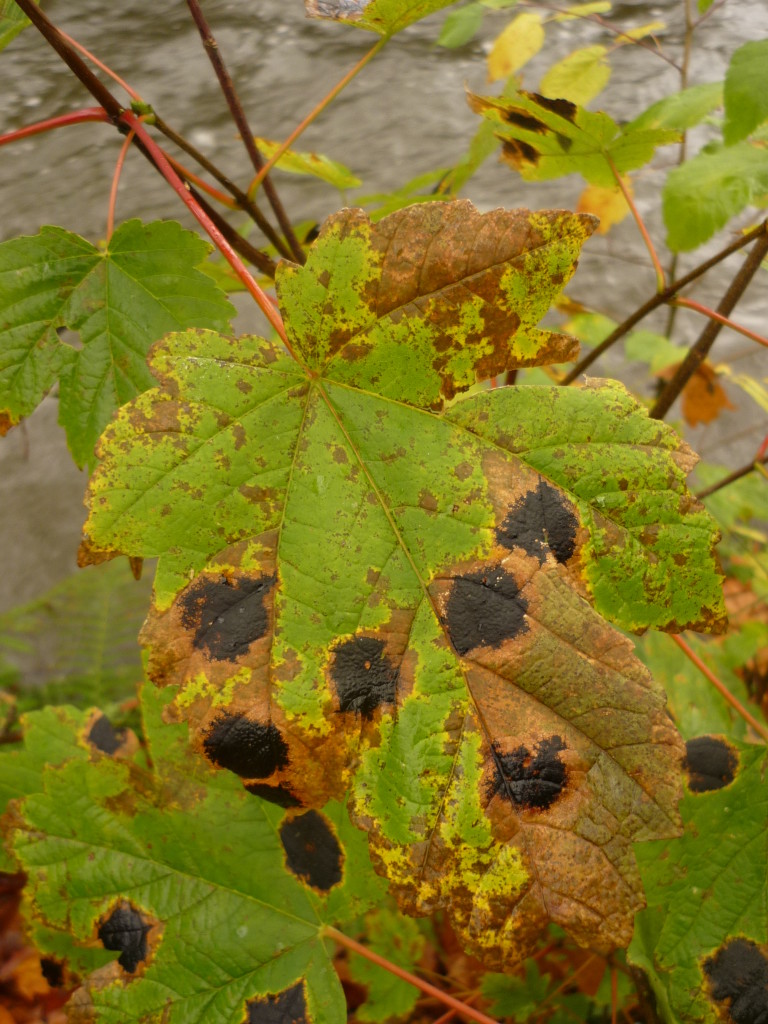

Recent Comments